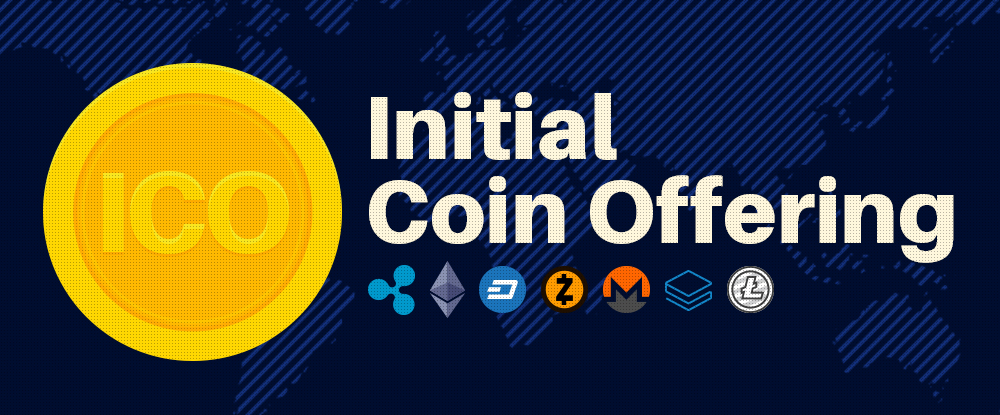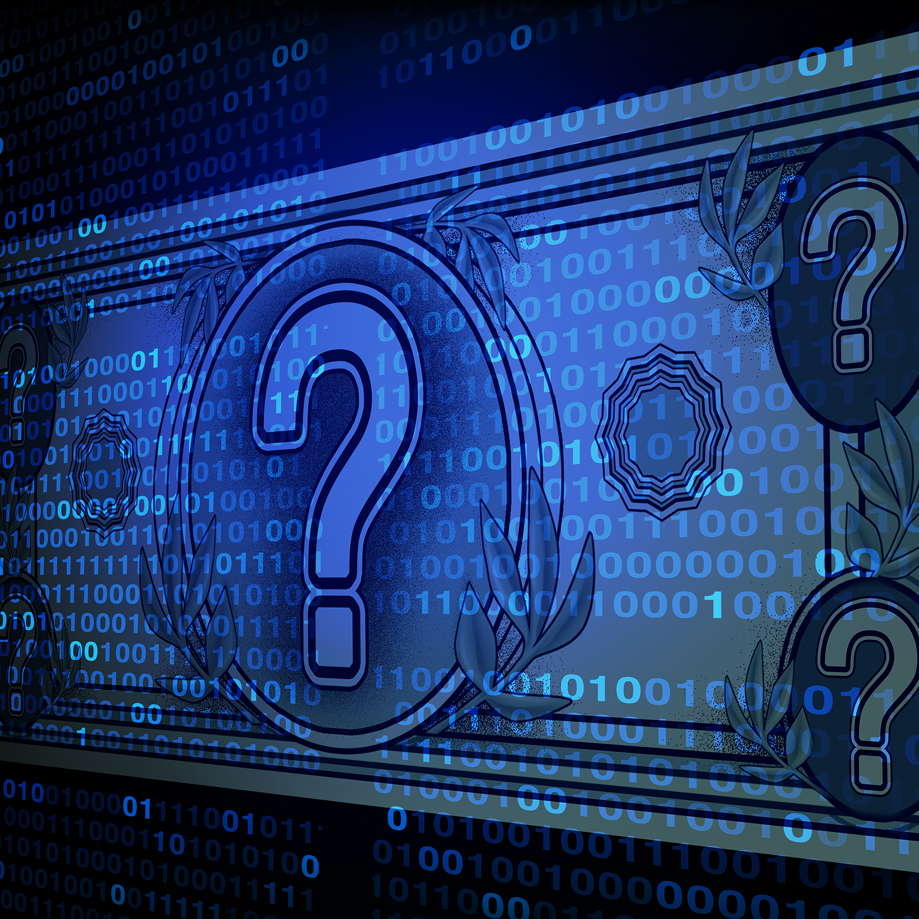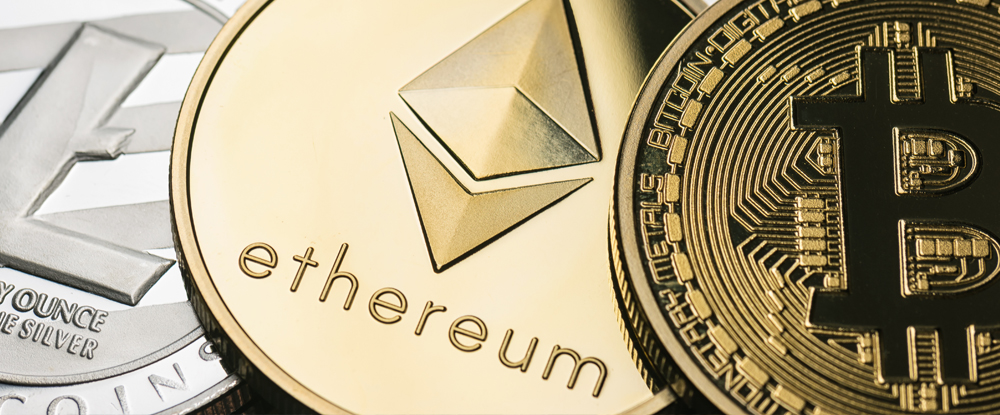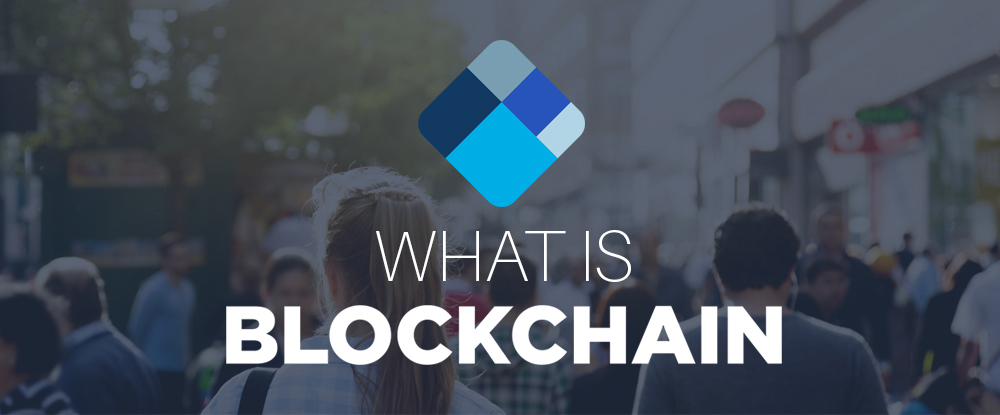
Have you ever noticed when looking at a cryptocurrency that there is an extensive amount of data on an individual coin you have. You might notice information on where that coin has been and how individual people have taken in that coin in the past.
This is all thanks to blockchain technology. The organization is a format which improves upon how transparent a cryptocurrency is.
Transparency is one of the most popular aspects of such digital currencies to see. The bitcoin and other formats are traceable regarding who owned individual coins and where they have been used. The goal is to keep the currency safe while also analyzing for record purposes how the money is being spent. This gives ideas on how to promote the currency so it works in more places where it might be more likely to work in.
Simply put, digital information will not be copied on a blockchain. That data instead moves out to more people.
A General Analysis of the Process
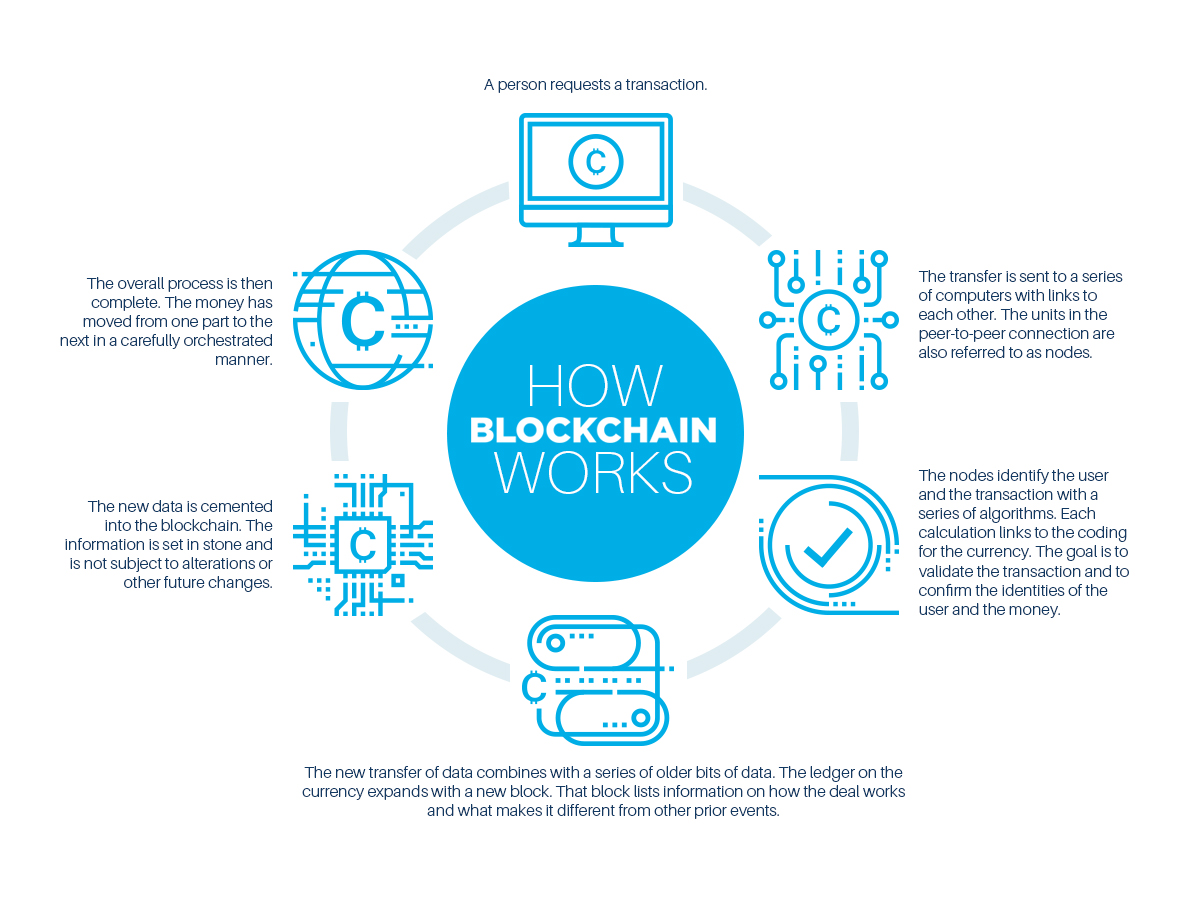
Here is a look at what happens in the blockchain process:
- A person requests a transaction.
- The transfer is sent to a series of computers with links to each other. The units in the peer-to-peer connection are also referred to as nodes.
- The nodes identify the user and the transaction with a series of algorithms. Each calculation links to the coding for the currency. The goal is to validate the transaction and to confirm the identities of the user and the money.
- The new transfer of data combines with a series of older bits of data. The ledger on the currency expands with a new block. That block lists information on how the deal works and what makes it different from other prior events.
- The new data is cemented into the blockchain. The information is set in stone and is not subject to alterations or other future changes.
As you can see here, the blockchain system is easy to understand and identify. The process allows the currency in question to move forward and to be reviewed in a quick and simplified manner.
A Database Works

Next, a database of transactions operates in the blockchain process. Such a listing includes points on where each coin goes and who possesses it.
Such information helps to see how the currency works. It also keeps the people who hold it accountable.
The ledger is detailed and runs under the guidance of a founder of the currency. Many people should have access to it as well so they can get clear ideas on what may run at a given time.
In addition, that database is visible to the public. A website devoted to the currency often produces reports on how that money is being used and where it is going. This entails additional data on how well the transactions involved work and what may be used at a given time.
The database is possible in that every cryptocurrency can only use so many coins on the open market. That is, there can only be a certain number of coins in a particular currency that would function during its lifespan. The people behind the money have the right to expand or reduce the total number as they wish. By keeping the total number in check, the value of the coin can improve as it becomes more of a vital commodity.
How Data Runs

Basic information on the coin is on each database report. The data refers to how a coin runs, who has possession of it and where it might be utilized at. The information can be as extensive as it has to be depending on the number of places the coin goes around in.
The important point about the data is that it keeps the coin valuable and ensures the person using it is responsible and careful with it. The problem with traditional money is that it is often next to impossible to try and trace where it is going. The data comes as the money operates in a physical environment where the codes for each bill or coin cannot be traced or recorded.
Cryptocurrency is different as every bit of data has its own online listing. Every coin has a code attached to it. A user goes to an appropriate website to enter in that code to find data on where the coin is and how people use it. As a result, the coin becomes very easy to support and use without any further complications getting into the mix as the coin works.
No Centralization

The most important part of the blockchain is that the information for it is not in a singular central location. The blockchain reports move all around the online world. It is open to anyone and can be shared by any person who owns the currency. As a result, the risk of a hacker getting into a space to modify information becomes less of a threat.
Of course, the data for each coin is also different from one another. This adds to the overall chances one has for keeping a currency safe.
How Long Does It Take For a Chain to Work?
One of the best parts of using a blockchain is that the transaction process happens almost instantly. The code for each coin runs in a way that the data is easy for people to review and will not be hard to copy or use in some way.
The timing needed is almost instantaneous. The transaction runs well as there is a set language in the coin. The language is easy to modify in any way.
A blockchain makes for an essential part of any cryptocurrency transaction. Such a chain allows for the currency to move forward and to be easy to utilize. It is a convenient and useful solution that simplifies the general process for making currencies easy to follow and use.


